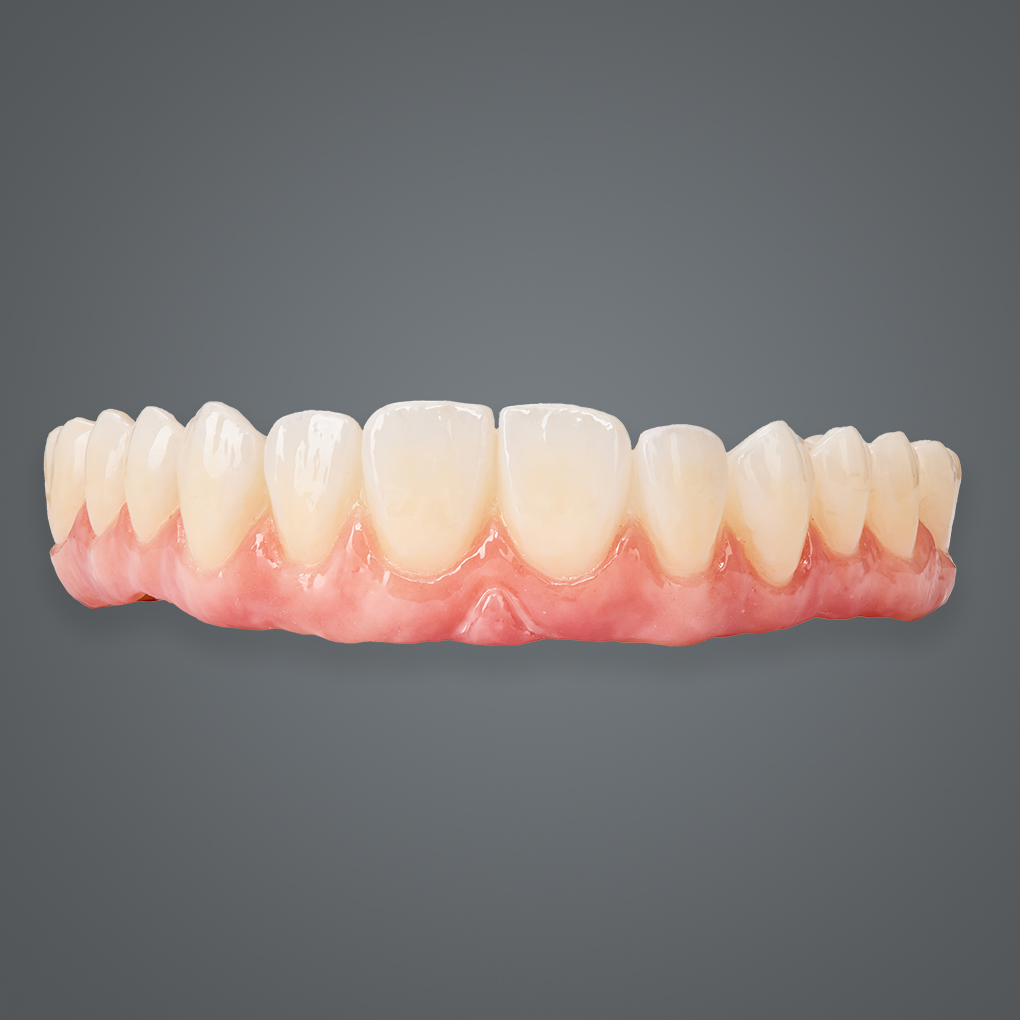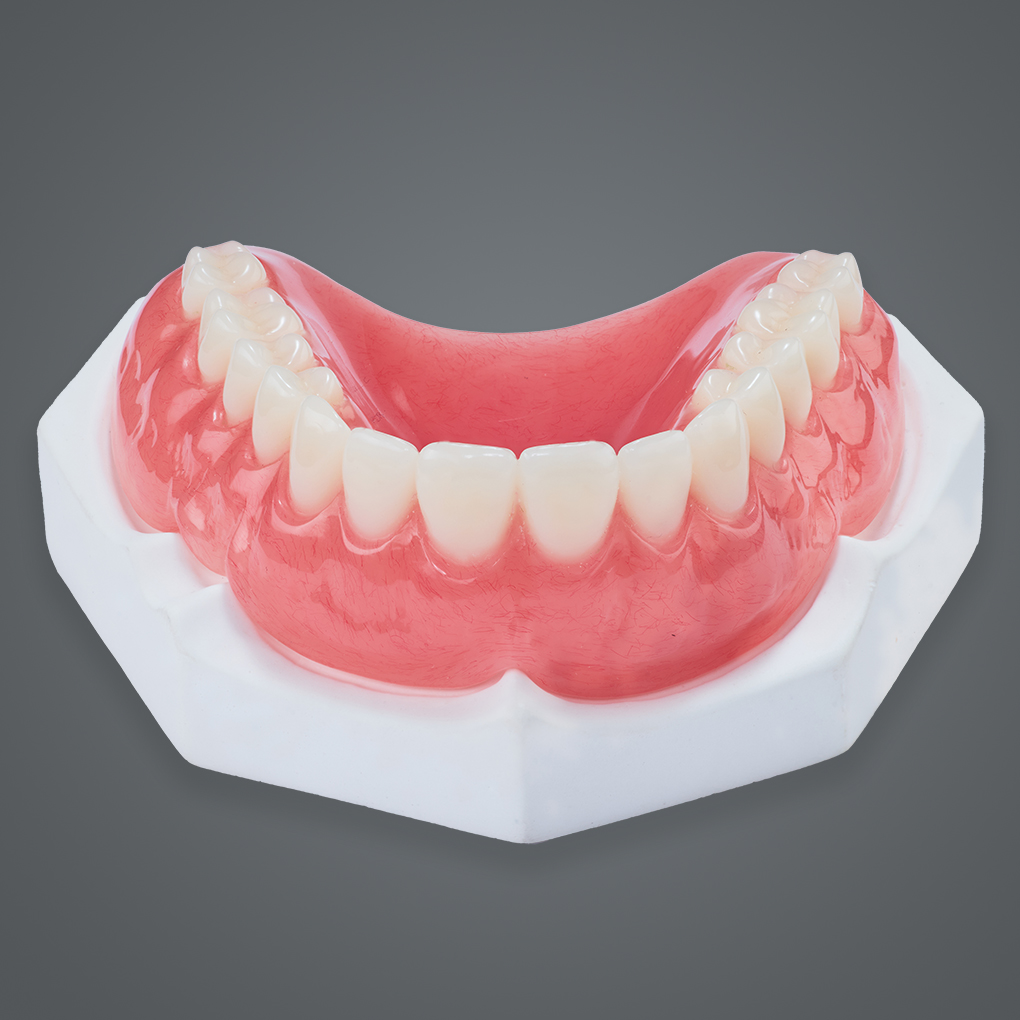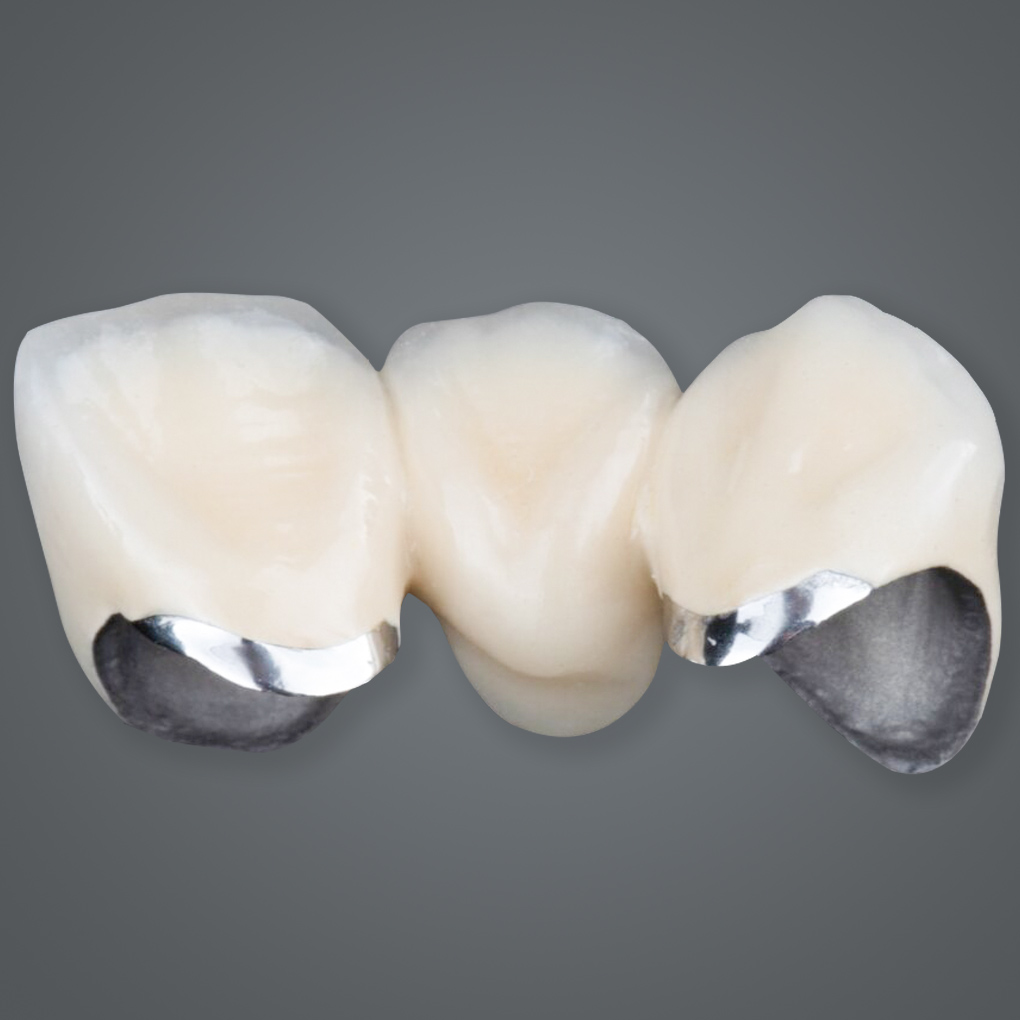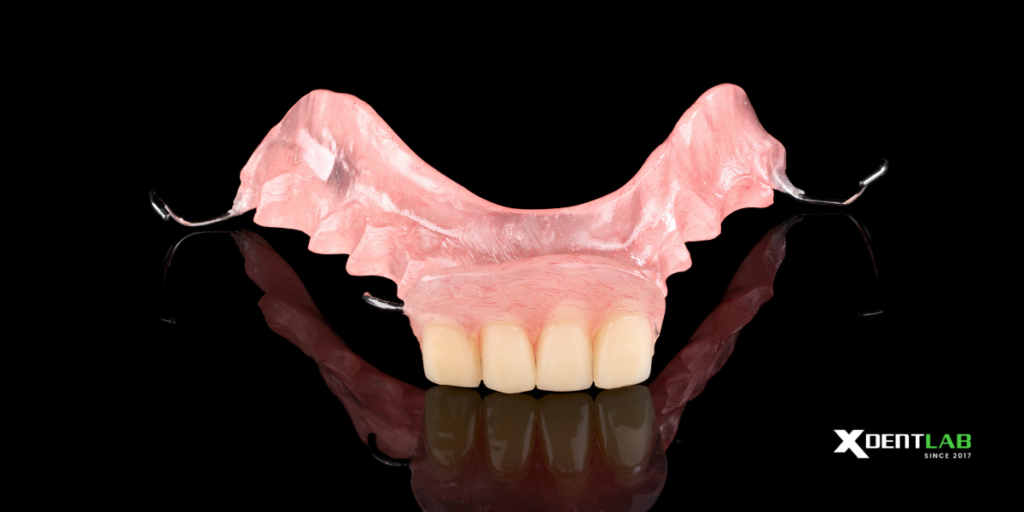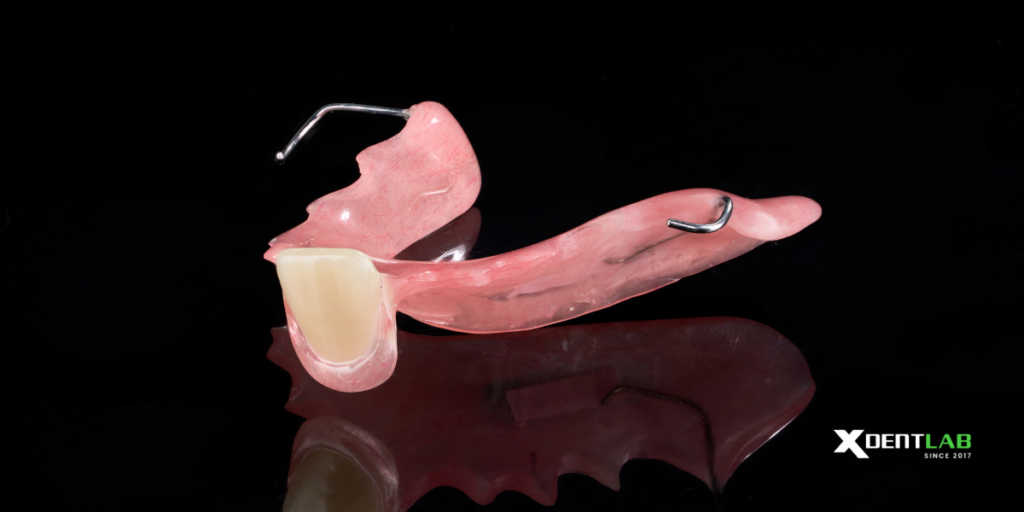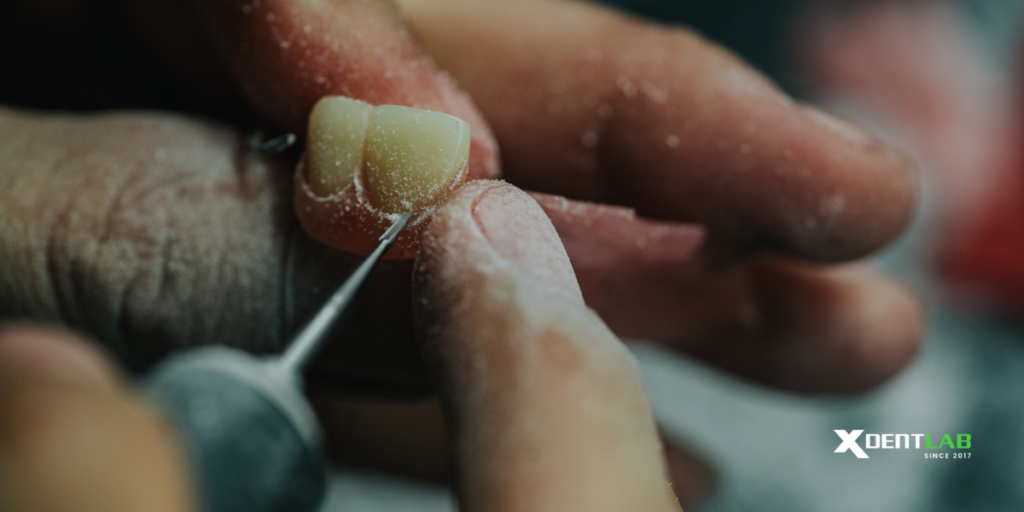Temporary dentures play a crucial role in dental restoration, providing patients with functional and aesthetic benefits while they await their permanent solutions. Among the different types of temporary dentures, stay plates and flippers are the most commonly used options. Understanding the classification of temporary dentures is essential for dental labs and dental technicians to deliver the best possible solutions to their clients.
This article explores the differences, advantages, and appropriate applications of stay plates and flippers.
Contents
1. What Are Temporary Dentures?
Temporary dentures, also known as interim dentures, are designed to replace missing teeth for a short period. They help maintain oral function, prevent teeth from shifting, and allow gums to heal before placing a permanent restoration. Temporary dentures can be classified based on their design, material, and intended duration of use.
2. Stay Plate: Definition and Features
2.1. What is a Stay Plate?
A stay plate is a temporary partial denture used while the gums and supporting bone are healing after an extraction, and before a patient receives a partial denture. A stay plate replaces missing teeth and assists with chewing and speaking until the permanent partial denture is ready.
2.2. Stay Plate Treatment Process in Dental Lab
- Case Review – Analyze dentist’s prescription, impressions, or digital scans.
- Model Preparation – Create a model or 3D print from digital scans.
- Framework Design – Wax-up and tooth positioning for aesthetics and function.
- Acrylic Processing – Replace wax with acrylic using heat or self-cured methods.
- Finishing & Adjustments – Trim, polish, and refine for a smooth, comfortable fit.
- Quality Control – Inspect aesthetics, fit, and durability before finalizing.
- Packaging & Delivery – Package, and send to the clinic for patient fitting.
2.3. Features of Stay Plates:
- Material: Typically made from acrylic resin with metal clasps for retention.
- Design: Covers part of the palate (for upper dentures) or the lingual side (for lower dentures).
- Retention: Uses wire clasps or suction to stay in place.
- Use Case: Ideal for temporary replacement before a permanent denture, bridge, or implant.
3. Flipper: Definition and Features
3.1. What is a Flipper?
A flipper tooth, also known as a flipper denture, is a removable partial denture used as a temporary tooth replacement, often for missing front teeth, with one tooth. Flippers are used while waiting for permanent restorations, such as dental implants or bridges.
3.2. What Does a Flipper Tooth Look Like?
A flipper tooth consists of a lightweight acrylic base matching the gum color, supporting one artificial tooth. This artificial tooth is made of resin or porcelain, designed to resemble natural teeth. The flipper base fits snugly over the gums and may have clasps or wires for stability.
3.3. Features of Flippers:
- Material: Made entirely from acrylic resin.
- Design: Covers minimal gum tissue for comfort.
- Retention: Relies on suction and friction, with minimal or no metal support.
- Use Case: Best suited for short-term use for one tooth.
Explore other Denture products:
4. Conclusion
Understanding the classification of temporary dentures is essential for providing high-quality dental solutions. Both stay plates and flippers serve unique purposes, and their selection should be based on a patient’s specific needs. For dental clinics, offering the right temporary denture solution can improve patient satisfaction and contribute to better overall oral health outcomes.
By carefully considering materials, retention, durability, and use cases, dental professionals can ensure they provide the best temporary denture solution for every patient.
XDENT LAB specializes in providing high-quality removable dentures for dental labs in the USA. With a dedicated team of dental technicians, we ensure precision, durability, and comfort in every product. Our commitment to excellence makes us a trusted partner in lab-to-lab outsourcing.
Contact us today to learn more about our dental solutions!

